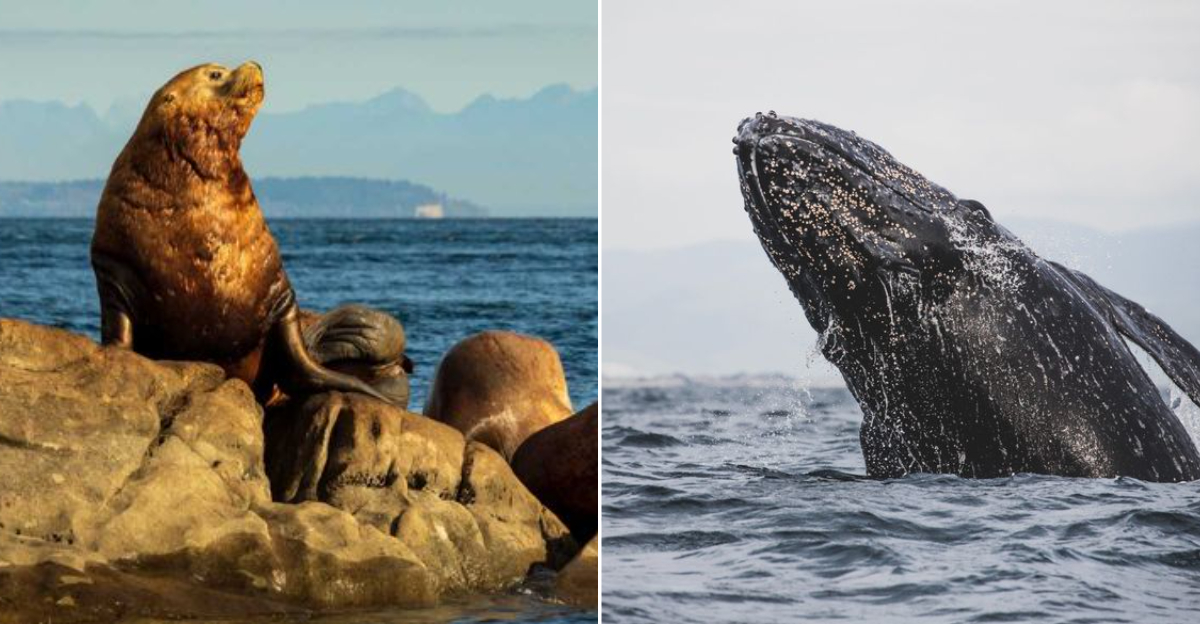Washington’s coastline is a playground for some of the ocean’s most famous residents, and summer is the perfect time to catch a glimpse of these marine stars.
From playful seals and majestic whales to curious sea otters, the waters teem with life and surprises.
Whether you’re beachcombing or cruising the waves, these 12 creatures make every coastal adventure feel like a front-row seat to one of nature’s best shows.
1. Orca
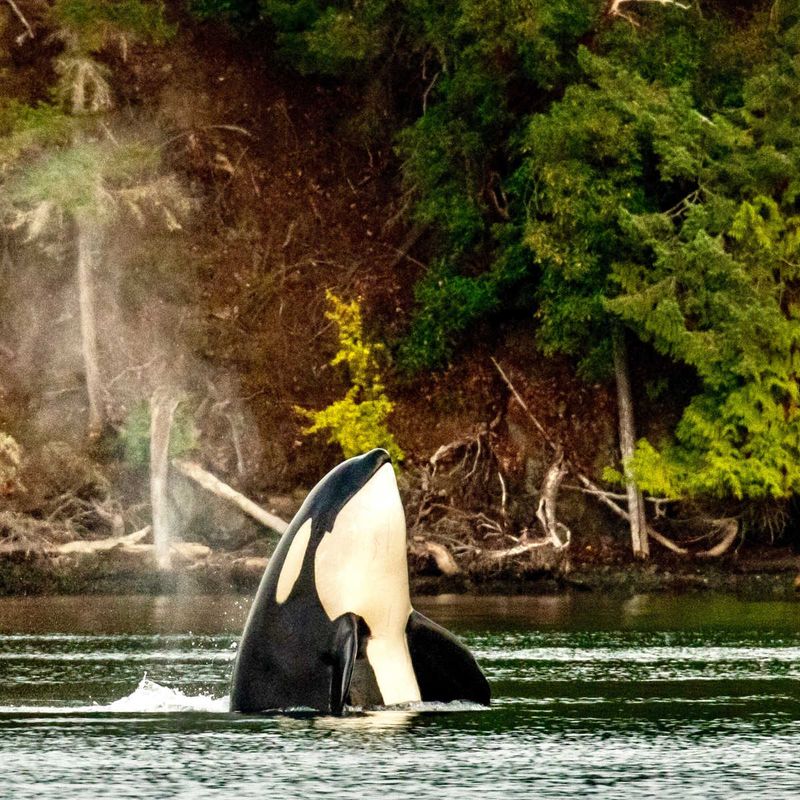
These tuxedo-clad ocean giants aren’t actually whales at all, but the largest members of the dolphin family!
Washington’s resident pods (J, K, and L) have distinct dialects and family structures passed down for generations.
Spot them from shore at Lime Kiln Point State Park on San Juan Island, nicknamed “Whale Watch Park” for good reason. Summer brings these magnificent hunters close to shore as they chase salmon runs.
2. Gray Whale
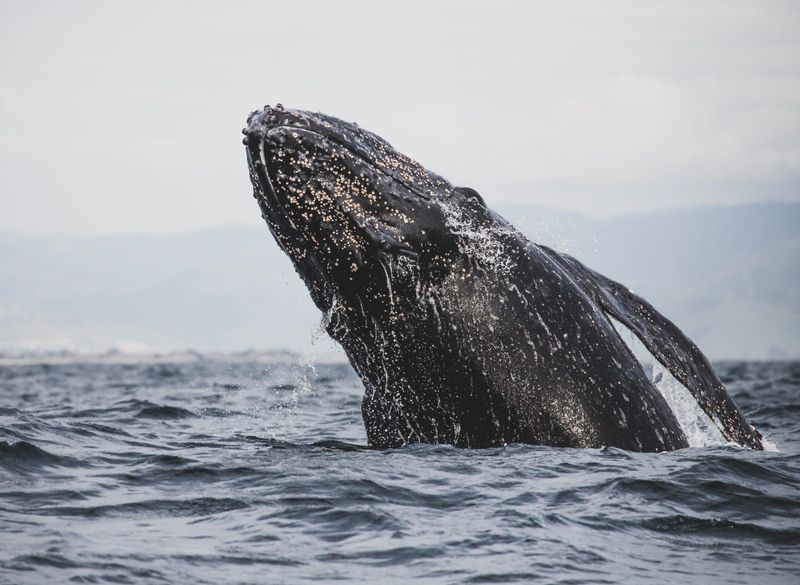
Barnacle-covered and battle-scarred, these 45-foot leviathans make one of the longest migrations of any mammal – 10,000 miles round trip!
A small group nicknamed “the Sounders” breaks from the main migration to feast in Puget Sound each spring.
Watch for their heart-shaped blows from viewpoints along the Olympic Peninsula. Their feeding technique? Rolling sideways and sucking up mouthfuls of bottom sediment to filter tiny crustaceans.
3. Humpback Whale
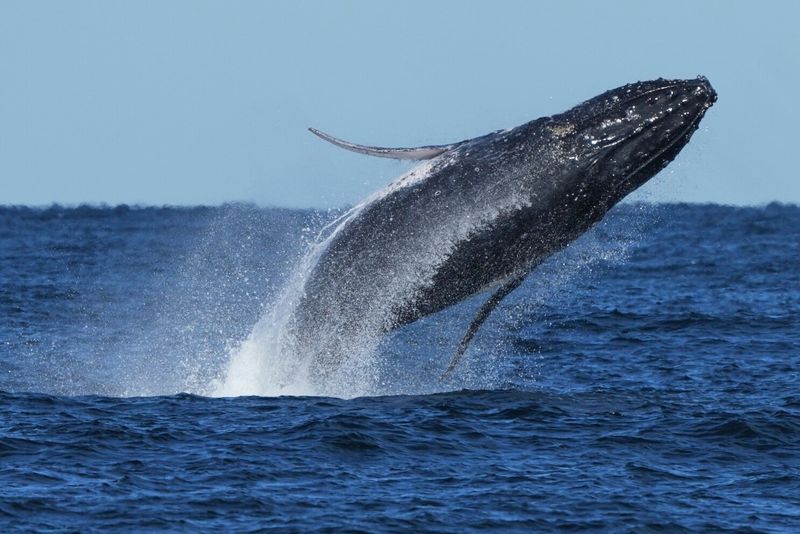
Nature’s most impressive acrobats have made a remarkable comeback in Washington waters!
Once hunted to near extinction, these 40-ton performers now regularly breach, slap tails, and wave their distinctive white pectoral fins at delighted onlookers.
Each humpback sports a unique pattern on its tail fluke – like a fingerprint. Lucky observers might even hear their hauntingly beautiful songs that can travel for miles underwater during breeding season.
4. Harbor Porpoise
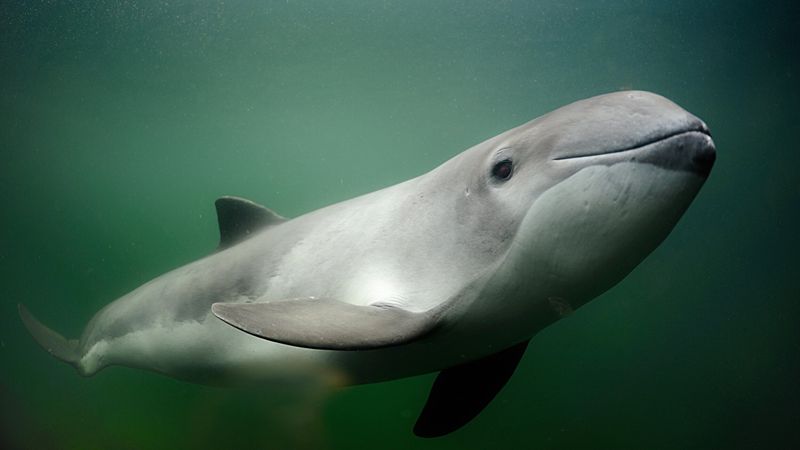
Shy and often overlooked, these pint-sized cetaceans are the introverts of Washington waters. At just 5 feet long, they’re dwarfed by their orca cousins but make up for size with acrobatic speed and agility.
Unlike showier dolphins, harbor porpoises rarely leap from the water. Spot their small triangular dorsal fins cutting through calm mornings in protected bays.
Their quiet nature has earned them the nickname “puffing pigs” from the distinctive puffing sound they make when surfacing.
5. Harbor Seal
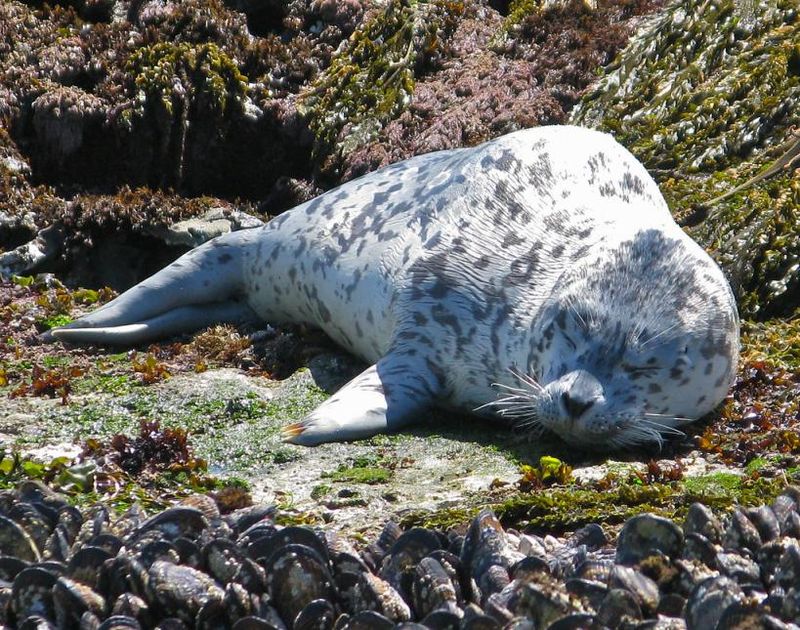
Masters of the curious side-eye, these spotted sunbathers crowd rocky outcroppings at low tide like tourists claiming poolside loungers.
No two harbor seals have identical spot patterns – nature’s version of a custom paint job! Summer brings pupping season, when adorable white-coated babies appear on secluded beaches.
Keep your distance though – mama seals might abandon pups if they detect human scent. Their puppy-dog eyes belie impressive diving abilities, plunging over 1,500 feet deep!
6. California Sea Lion
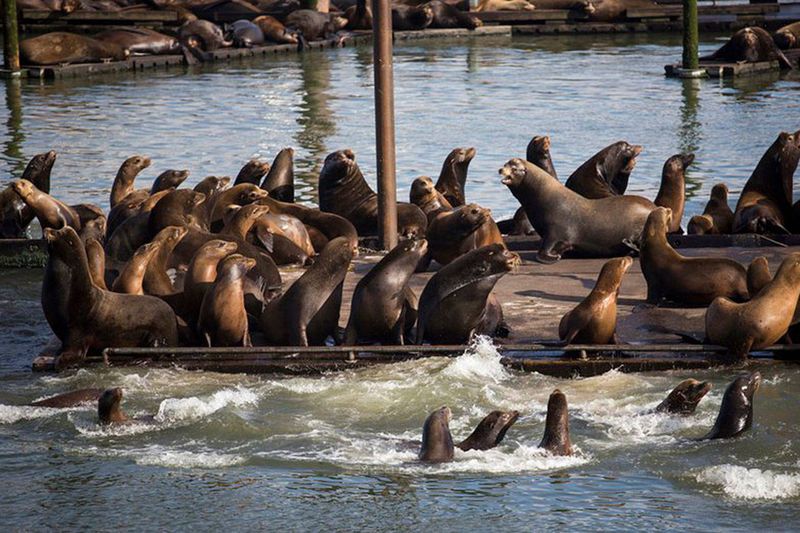
The barking busybodies of Washington’s marinas! Male California sea lions invade docks and buoys each fall, creating noisy bachelor pads that drive boat owners crazy.
Their distinctive honking calls can be heard for miles. Surprisingly agile despite their bulk, these pinnipeds can sprint up to 25 mph underwater.
Watch for their dog-like faces popping up around fishing boats – they’ve learned humans equal easy meals and aren’t shy about stealing catches right off fishing lines!
7. Steller Sea Lion
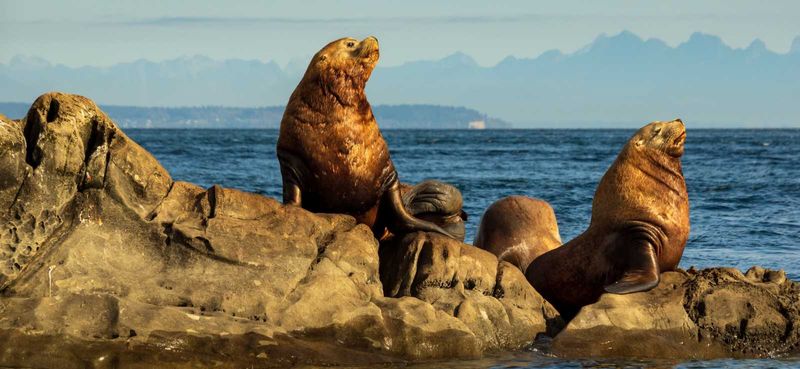
Absolute units of the sea lion world! Males tip the scales at over 2,000 pounds with magnificent lion-like manes that give them their name.
These golden-brown giants rule rocky haul-outs with thunderous roars that assert their dominance. Find them lounging on offshore rocks and remote islands along the Olympic Coast.
Despite their intimidating size, these pinnipeds face threats from k**ler whales and declining fish stocks. Their powerful front flippers let them “walk” on land better than their California cousins.
8. Sea Otter
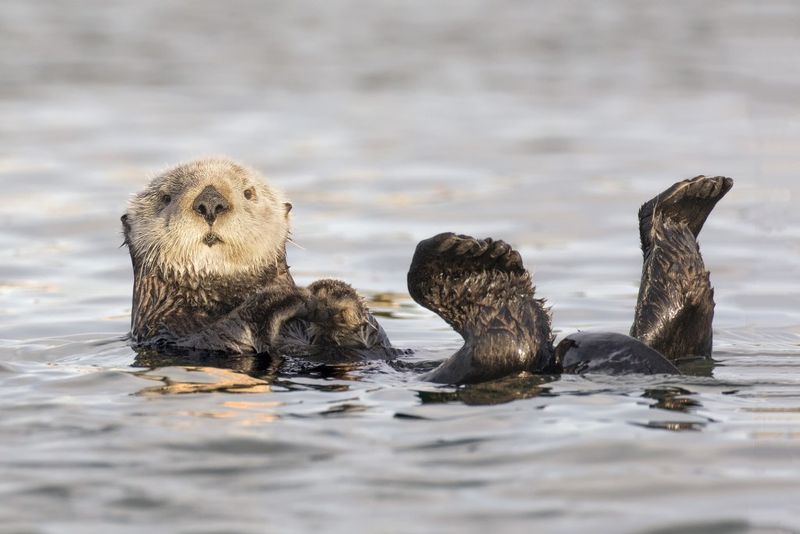
Wrapped in the densest fur of any animal (up to one million hairs per square inch!), these floating fluffballs were hunted to extinction in Washington by 1910.
Thank conservation efforts for their comeback – they were reintroduced in the 1970s and now charm visitors along the Olympic coast.
Famous for floating on their backs while using rock tools to crack open shellfish meals.
Sea otters never leave the water and even give birth, eat, and sleep while floating! Their adorable paw-holding while sleeping prevents drifting apart.
9. Lingcod
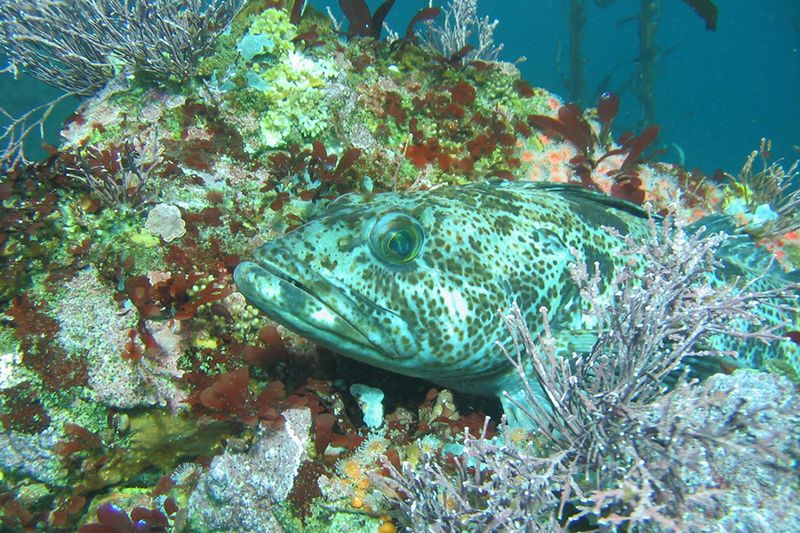
Face only a mother could love! These ambush predators sport menacing fang-like teeth and sometimes develop bizarre blue flesh that looks like something from a sci-fi movie.
Despite the name, they’re not cod at all but a type of greenling. Territorial males guard nests of fertilized eggs during winter months.
Their mottled coloration provides perfect camouflage against rocky reefs. Scuba divers report lingcod so fearless they’ll sometimes try to steal speared fish right off spearguns!
10. Quillback Rockfish
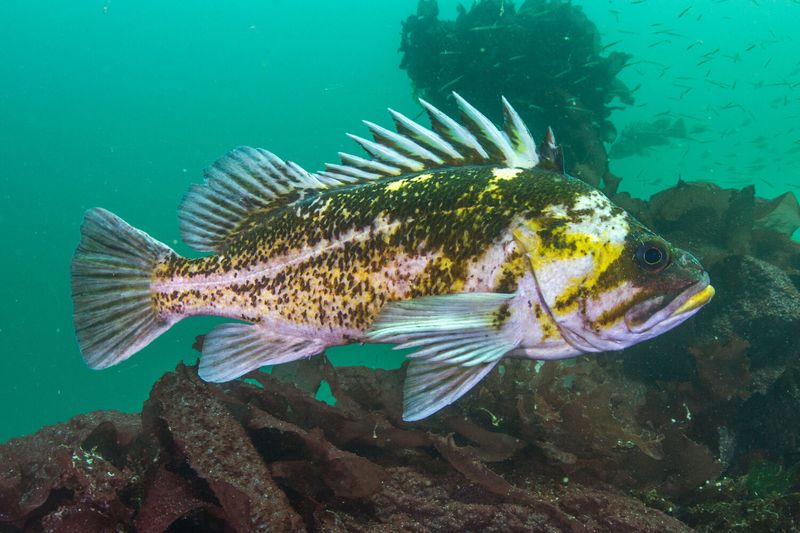
Talk about senior citizens of the sea! These spiky-backed homebodies can live over 95 years without ever traveling more than a few hundred yards from their birthplace.
Their venomous dorsal spines give them their name and protect against predators. Slow-growing and late to reproduce, quillbacks are vulnerable to overfishing.
Some swimming in Washington waters today were born before World War II! Their remarkable longevity makes them living time capsules of ocean conditions throughout the decades.
11. Giant Pacific Octopus
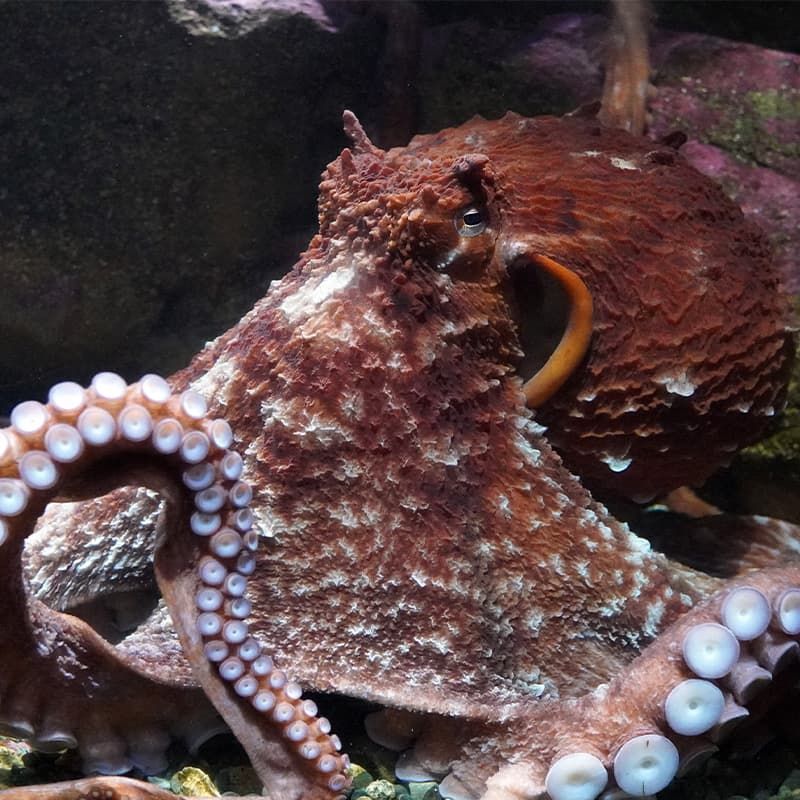
Smartest invertebrate in the sea and master of disguise! Our local eight-armed wonders can solve puzzles, recognize human faces, and change both color and texture in milliseconds.
Seattle divers regularly visit famous octopus “hotels” – underwater sites where these cephalopods consistently den.
With three hearts, blue blood, and no bones, they squeeze through openings the size of a quarter!
Though capable of growing to 150 pounds, most encounters happen at night when these normally shy creatures emerge to hunt crabs and clams.
12. Ochre Sea Star
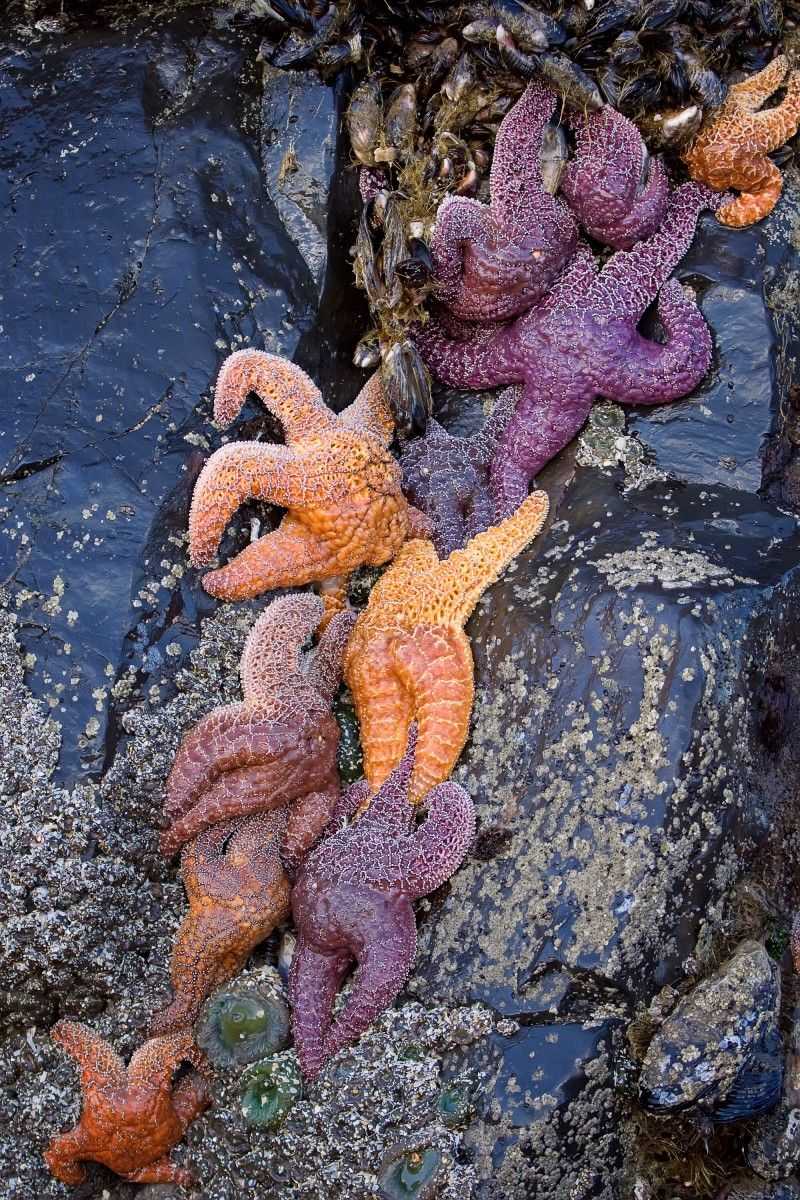
The comeback kids of the intertidal zone! These purple and orange living stars were decimated by a mysterious wasting disease that turned them to goo practically overnight.
Now they’re slowly rebounding along Washington shores. Flip one over (gently!) to see hundreds of tiny tube feet that help them glide across rocks and pry open mussels.
Their secret superpower? If a predator grabs an arm, they can detach it and grow a completely new one! Some can even regenerate an entire body from just one arm.
